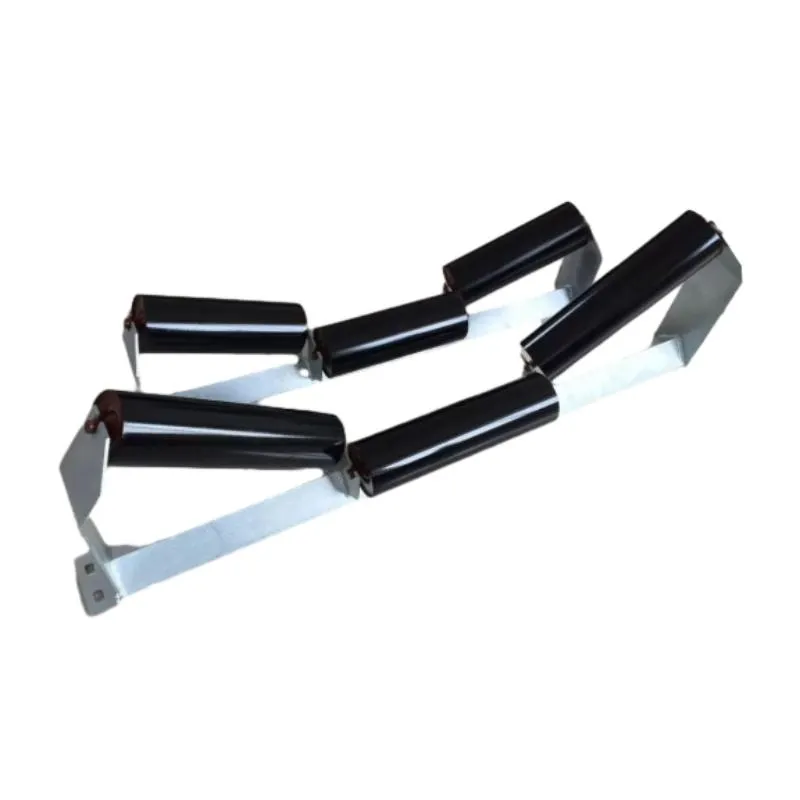 Afrikaans
Afrikaans  Albanian
Albanian  Amharic
Amharic  Arabic
Arabic  Armenian
Armenian  Azerbaijani
Azerbaijani  Basque
Basque  Belarusian
Belarusian  Bengali
Bengali  Bosnian
Bosnian  Bulgarian
Bulgarian  Catalan
Catalan  Cebuano
Cebuano  Corsican
Corsican  Croatian
Croatian  Czech
Czech  Danish
Danish  Dutch
Dutch  English
English  Esperanto
Esperanto  Estonian
Estonian  Finnish
Finnish  French
French  Frisian
Frisian  Galician
Galician  Georgian
Georgian  German
German  Greek
Greek  Gujarati
Gujarati  Haitian Creole
Haitian Creole  hausa
hausa  hawaiian
hawaiian  Hebrew
Hebrew  Hindi
Hindi  Miao
Miao  Hungarian
Hungarian  Icelandic
Icelandic  igbo
igbo  Indonesian
Indonesian  irish
irish  Italian
Italian  Japanese
Japanese  Javanese
Javanese  Kannada
Kannada  kazakh
kazakh  Khmer
Khmer  Rwandese
Rwandese  Korean
Korean  Kurdish
Kurdish  Kyrgyz
Kyrgyz  Lao
Lao  Latin
Latin  Latvian
Latvian  Lithuanian
Lithuanian  Luxembourgish
Luxembourgish  Macedonian
Macedonian  Malgashi
Malgashi  Malay
Malay  Malayalam
Malayalam  Maltese
Maltese  Maori
Maori  Marathi
Marathi  Mongolian
Mongolian  Myanmar
Myanmar  Nepali
Nepali  Norwegian
Norwegian  Norwegian
Norwegian  Occitan
Occitan  Pashto
Pashto  Persian
Persian  Polish
Polish  Portuguese
Portuguese  Punjabi
Punjabi  Romanian
Romanian  Russian
Russian  Samoan
Samoan  Scottish Gaelic
Scottish Gaelic  Serbian
Serbian  Sesotho
Sesotho  Shona
Shona  Sindhi
Sindhi  Sinhala
Sinhala  Slovak
Slovak  Slovenian
Slovenian  Somali
Somali  Spanish
Spanish  Sundanese
Sundanese  Swahili
Swahili  Swedish
Swedish  Tagalog
Tagalog  Tajik
Tajik  Tamil
Tamil  Tatar
Tatar  Telugu
Telugu  Thai
Thai  Turkish
Turkish  Turkmen
Turkmen  Ukrainian
Ukrainian  Urdu
Urdu  Uighur
Uighur  Uzbek
Uzbek  Vietnamese
Vietnamese  Welsh
Welsh  Bantu
Bantu  Yiddish
Yiddish  Yoruba
Yoruba  Zulu
Zulu Enhancing Performance with Innovative Plastic Bearing Housing Solutions for Various Applications
The Role of Plastic Bearing Housings in Modern Engineering
In the evolving landscape of engineering and manufacturing, materials play a pivotal role in determining the efficiency, durability, and overall effectiveness of various components. One increasingly popular choice in numerous applications is the plastic bearing housing. These components have gained traction due to their unique properties, which offer a myriad of advantages over traditional metal housings, making them ideal for a variety of industries.
What is a Plastic Bearing Housing?
A plastic bearing housing is a protective casing made from engineered polymers that encases a bearing. Its primary function is to support the bearing, preserve alignment, facilitate lubrication, and protect the bearing from environmental contaminants. Unlike traditional metal housings, which may corrode, dent, or damage easily, plastic housings are often more resilient to wear and tear, significantly extending the life of the bearings they protect.
Material Advantages
One of the most compelling reasons for the increasing adoption of plastic bearing housings is the material’s unique attributes. Plastics, especially engineered polymers, exhibit excellent resistance to chemicals, moisture, and corrosion. This makes them particularly suitable for applications in harsh environments, such as chemical processing plants, food and beverage manufacturing, and underwater applications.
Furthermore, plastic bearing housings are significantly lighter than their metal counterparts. This weight reduction can lead to improved energy efficiency, as less energy is required to move machinery with lighter components. Additionally, the lightweight nature of plastic reduces packaging and shipping costs in manufacturing processes, as companies can transport more units without exceeding weight limits.
Design Flexibility
Another advantage of plastic bearing housings is their design flexibility. Plastics can be molded into intricate shapes and designs that might be impossible or too costly to achieve with metal fabrication. This allows engineers to optimize designs for specific applications, enhancing functionality while also reducing the number of parts in a system, which can decrease assembly time and costs.
plastic bearing housing

Moreover, advancements in 3D printing technology have furthered the flexibility of using plastic materials in bearing applications. Engineers can quickly prototype and manufacture bespoke bearing housings tailored to niche requirements, significantly speeding up the design process and allowing for greater innovation and experimentation.
Cost-Effectiveness
When evaluating the overall cost of production, plastic bearing housings often come out as the more economical option. The costs associated with metal components—such as machining, finishing, and the potential need for additional coatings to prevent corrosion—can be substantial. In contrast, plastic housings can often be produced in a single molding process, greatly reducing manufacturing time and associated costs.
Moreover, the durability and longevity of plastic materials mean that replacements and maintenance can be minimized. The total cost of ownership thus becomes more favorable when employing plastic over metal in bearing applications.
Applications and Industries
The versatility of plastic bearing housings has seen them deployed across a wide array of industries. In the automotive sector, where weight savings are crucial for fuel efficiency, plastic housings are often used in electric vehicles to support lightweight designs. In the food and beverage industry, where hygiene is paramount, plastic housings provide a non-corrosive and easy-to-clean option that meets stringent health regulations.
Additionally, in the agricultural sector, where equipment often operates in dusty or muddy conditions, the ability of plastic housings to withstand these environments without degrading is invaluable. They are also utilized in various electronic devices, where non-conductive materials are essential for safety and performance.
Conclusion
Plastic bearing housings represent a significant advancement in engineering materials and design. Their lightweight, durable, and cost-effective nature has unlocked a wealth of possibilities across multiple industries, from automotive to food processing. As technology continues to evolve, and manufacturing processes become more sophisticated, it is likely that we will see an even greater integration of plastic materials in bearing applications, further enhancing performance and efficiency in engineering solutions. The future indeed looks bright for plastic bearing housings as they carve out their niche in modern engineering.
-
Revolutionizing Conveyor Reliability with Advanced Rubber Lagging PulleysNewsJul.22,2025
-
Powering Precision and Durability with Expert Manufacturers of Conveyor ComponentsNewsJul.22,2025
-
Optimizing Conveyor Systems with Advanced Conveyor AccessoriesNewsJul.22,2025
-
Maximize Conveyor Efficiency with Quality Conveyor Idler PulleysNewsJul.22,2025
-
Future-Proof Your Conveyor System with High-Performance Polyurethane RollerNewsJul.22,2025
-
Driving Efficiency Forward with Quality Idlers and RollersNewsJul.22,2025





























